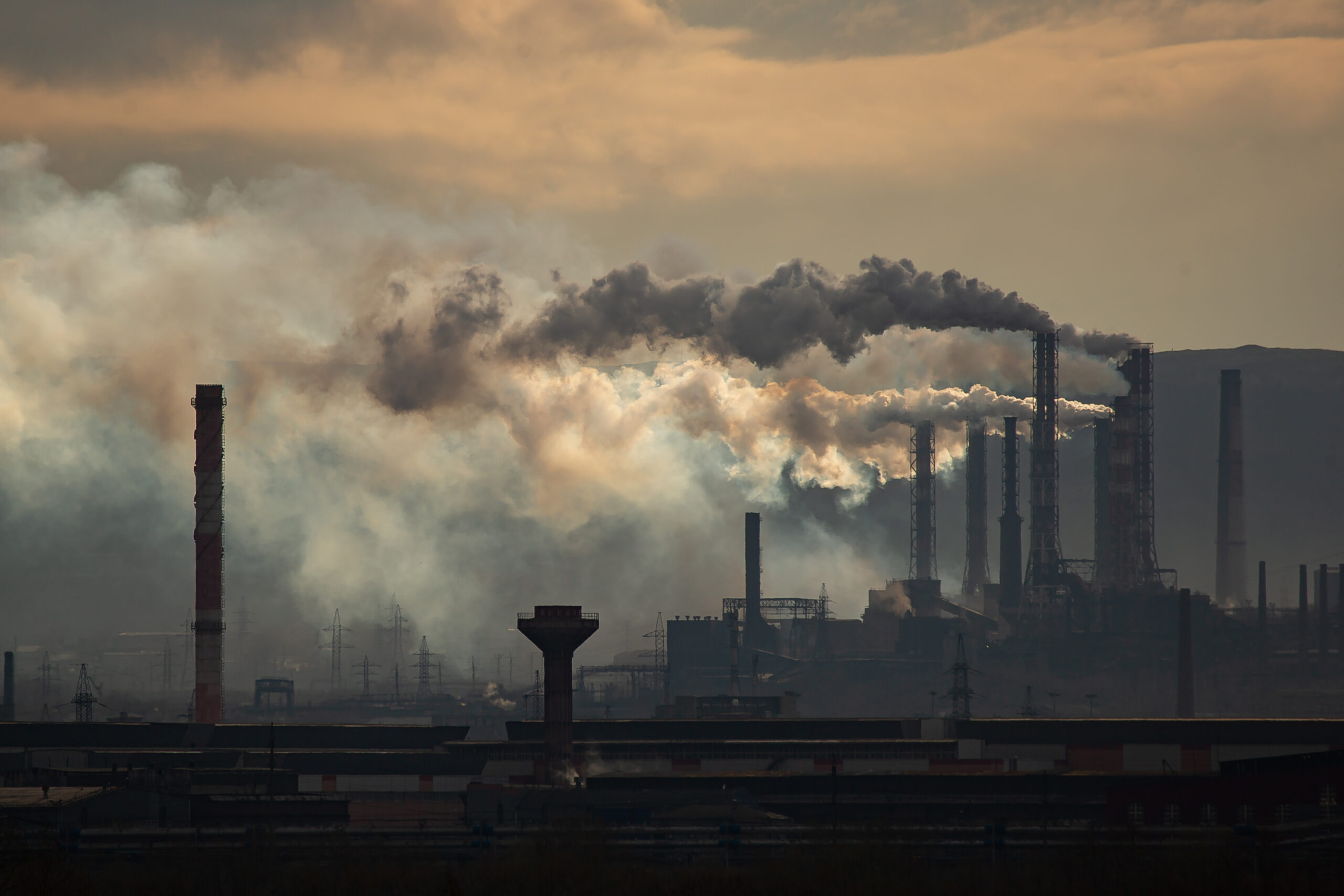Overview
Atmospheric pollution refers to the presence of harmful substances in the air we breathe, which can have serious implications for human health, wildlife, and the environment. Common pollutants include particulate matter (PM), nitrogen oxides (NOx), sulfur dioxide (SO2), carbon monoxide (CO), ozone (O3), and volatile organic compounds (VOCs). These pollutants can originate from various sources, including industrial emissions, vehicle exhaust, agricultural practices, and natural events.
Why Atmospheric Pollution Testing is Essential
- Public Health Protection: Exposure to polluted air can lead to a range of health issues, including respiratory diseases, cardiovascular problems, and adverse effects on the nervous system. Testing helps identify harmful pollutants that can impact community health.
- Regulatory Compliance: Various regulatory agencies set air quality standards to protect public health and the environment. Regular testing ensures compliance with these standards, helping industries and municipalities avoid legal penalties.
- Environmental Monitoring: Understanding pollution levels is crucial for assessing the impact on ecosystems, including flora and fauna. Testing provides essential data for environmental protection initiatives and policy-making.
- Community Awareness: Air quality testing can raise public awareness about pollution issues, encouraging community action and engagement in pollution reduction efforts.
| Pollutant | Sources | Health Effects |
|---|---|---|
| Particulate Matter (PM) | Vehicle emissions, industrial processes, construction sites | Respiratory and cardiovascular diseases |
| Nitrogen Oxides (NOx) | Combustion engines, power plants | Lung irritation, decreased lung function |
| Sulfur Dioxide (SO2) | Fossil fuel combustion, volcanic eruptions | Respiratory problems, aggravation of asthma |
| Carbon Monoxide (CO) | Incomplete combustion of fuels | Impaired oxygen delivery, headaches, dizziness |
| Ozone (O3) | Formed by reactions between sunlight and pollutants | Respiratory issues, reduced lung function |
| Volatile Organic Compounds (VOCs) | Paints, solvents, vehicle emissions | Eye irritation, headaches, long-term health effects |
Testing Methods at FARE Labs
FARE Labs employs a variety of advanced testing methods to monitor atmospheric pollution effectively. Our comprehensive approach ensures accurate and reliable results for a wide range of pollutants:
| Testing Method | Description |
|---|---|
| Stack Emission Monitoring | Particulate matter, sulphur and nitrogen dioxide, ammonia, acid mist, carbon mono/dioxide, ozone, dioxins and furans, velocity, temperature and flow |
| Ambient air | Particulate matter, sulphur dioxide, nitrogen dioxide, ozone, ammonia, carbon monoxide, heavy metals, benzene and benzo pyrene |
| Indoor air | Particulate matter and corrosion rate, sulphur and nitrogen dioxide, ozone, ammonia, oil/mist, silica, formaldehyde, carbon monoxide, relative humidity |
| Meteorological data monitoring | Wind direction, velocity, temperature, humidity, barometric pressure, rainfall, solar radiation |
| Compressed air | Solid particulate content and particulate counts, moisture, oil/mist, carbon dioxide, oxygen, hydrocarbons, dew points |

